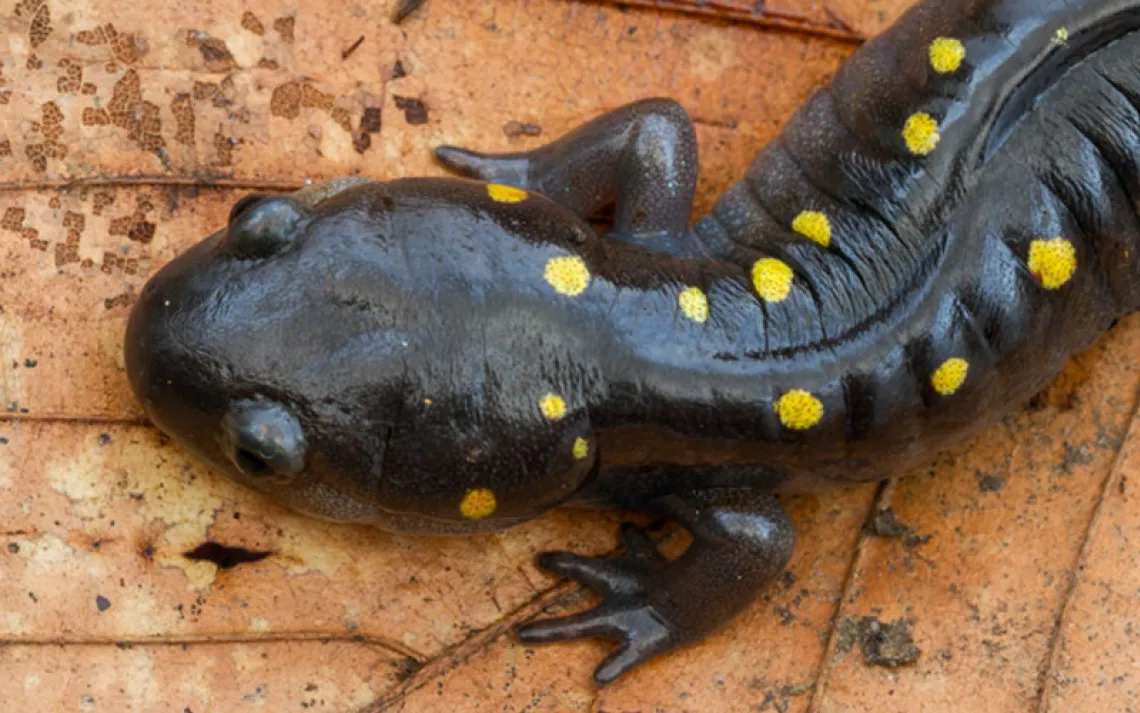Elephant Populations Decline by 30 Percent
A new survey by the Great Elephant Census shows a dramatic drop in savanna elephant numbers in Africa

Elephants gathering at a watering hole | Photo by 2630Ben/iStock
A comprehensive $7 million, three-year study released today reveals that populations of savanna elephants across Africa dropped by 30 percent between 2007 and 2014.
The Great Elephant Census estimates that there are currently 352,271 savanna elephants spread across 18 countries, representing approximately 93 percent of the species’ range. Surveys of two additional countries should happen by the end of this year. “It’s in the spirit of elephant movements that we’re trying to create one of the largest landscape mosaics in Africa,” said Dr. Mike Chase, the study’s lead author, in a video statement released with the findings. “What was heartbreaking was I didn’t recognize or fully comprehend the scale and the rate at which elephants are being killed for their ivory.”
Populations dropped by 144,000 animals in seven years and are currently declining at a rate of 8 percent a year.
The international survey was funded in part by philanthropist and Microsoft founder Paul Allen and managed by his organization Vulcan, Inc. More than 90 scientists, six nongovernmental organizations, and two advisory partners contributed to the effort. Participants conducted survey flights beginning in February 2014. Spotters looked out of the low-flying planes to count the animals. Over the past three years, pilots have flown more than 180,000 miles using 81 airplanes carrying 286 people. The results of the survey, which was first published yesterday in the journal PeerJ, are also available here.
Allen has been a vocal opponent of ivory poaching. “In order to save the elephants, we need stronger antipoaching patrols in Africa’s parks, more protection for elephant habitats, and the political will to apprehend and sentence ivory-trafficking kingpins,” Allen said last month on LinkedIn. “Yet even these vital measures are only half the equation. In addition to eliminating the supply of ivory, we also need to do a lot more to reduce the demand for ivory.”
Although international commercial trade in ivory was banned in 1989, a major study by National Geographic released last year found that the international ivory trade has more than tripled since 1998. The majority of the ivory ends up in Asia and the United States. Two countries, Zimbabwe and Namibia, have asked for permission this year to trade ivory legally, according to National Geographic. Twenty-six African nations have submitted a proposal to prevent any such legal trade.
The group Elephants Without Borders hopes the study will spur action to help elephants. “What we need to do to safeguard a future for elephants is ban the ivory trade,” said Chase in a video. “And it’s through the Great Elephant Census that this momentum is building, because we’ve raised the awareness.”
 The Magazine of The Sierra Club
The Magazine of The Sierra Club



